Things You Believed As A Kid That Turned Out To Be Huge Lies
Do you remember listening to your teacher during a lesson a kid and taking everything they said as fact? Then, later in life, you learned that daddy long legs aren’t really spiders and that Twinkies don’t really last forever. It’s easy for the truth to get misrepresented as a kid or for a schoolyard gossip to make its way into your memory. These are the biggest “truths” you spent your whole life believing that turned out the be wrong.
Coffee Doesn’t Dehydrate You

There’s a commonly-held misconception that your morning cup of coffee will dehydrate you. While it is true that drinking coffee will make you have to use the bathroom more frequently, there is no evidence to suggest that this will dehydrate you.
Dr. Daniel Vigil, an associate professor at UCLA, says, “When you drink a cup of coffee or you drink a glass of iced tea, you are necessarily taking in a volume of fluid along with that dose of [caffeine].”
Shaved Hair Doesn’t Grow Back Thicker Or Darker

Although teens reticent to shave their facial hair are often told that it’ll grow back thicker and darker if they do, the Mayo Clinic made it clear that this simply isn’t how the body works.
Since shaving hair gives it a blunt tip, this means it can feel coarse or stubbly as it starts to grow back. It can also seem like it’s growing in thicker or darker when this happens, but that hair will look the same as it did before shaving once it grows out more.
It’s Perfectly Safe To Eat Watermelon Seeds

Although it’s hard to imagine someone above the age of ten believing that watermelon seeds could possibly lead to a person growing a watermelon in their stomach, that childhood myth has nonetheless introduced the misconception that they must be harmful for some other reason. However, it’s actually good for you not to spit the seeds out when eating a slice of watermelon.
As registered dietitian Samantha Cassetty told Delish, an ounce of watermelon seeds contains seven to eight grams of protein and is made of over 25% fiber. Although their high fat content may cause some stomach discomfort, that’s the worst that can happen from eating too many of them, which a person would have to seriously go out of their way to do.
Daddy Long Legs Aren’t Spiders
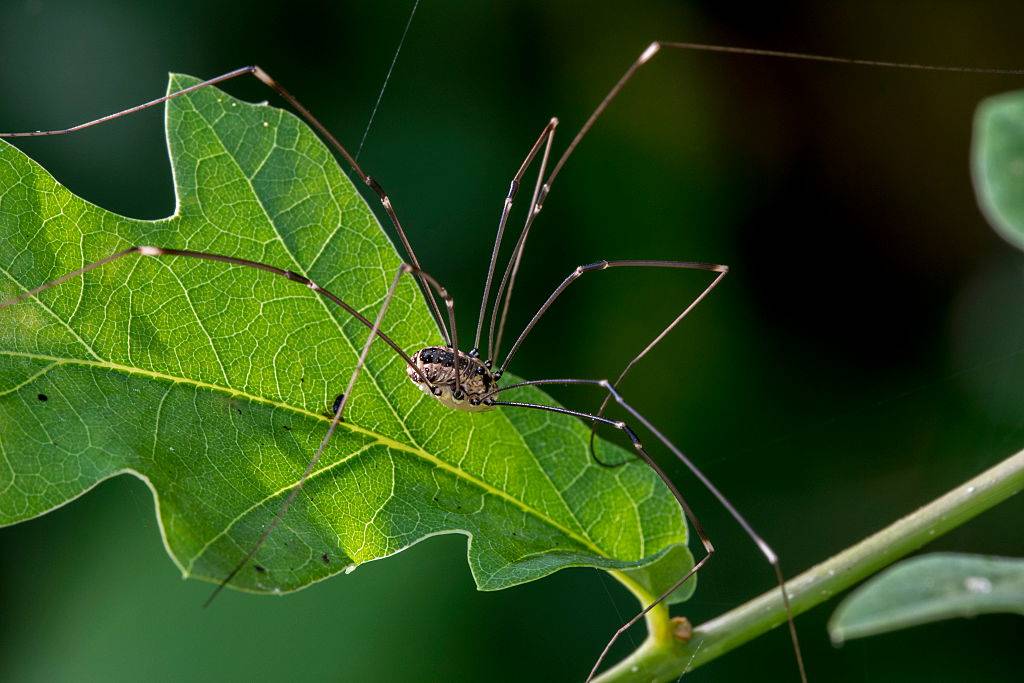
Because daddy long legs are arachnids, we tend to believe that means they are also spiders. The fact is there are many different kinds of arachnids, and daddy long legs belong to the group known as harvestmen.
Once you know the truth, you can start to learn just how different harvestmen are from spiders. First off, daddy long legs have two eyes, spiders have eight. Daddy long legs also have a fused head, abdomen, and thorax, whereas spiders have a distinct separation of their body cavities.
Tilting Your Head Back Won’t Stop A Bloody Nose

If you’ve ever gotten a bloody nose, you’ve probably heard at least one person tell you to tilt your head back to help stop it. If you want to swallow your own blood that’s definitely an option. If you want to stop the bloody nose, though, you should actually do the opposite.
When that pesky nosebleed happens, sit up straight and lean your head forward slightly. And don’t forget to apply pressure. As annoying as they are, most bloody noses clear up in 10 to 20 minutes.
Cracking Your Knuckles Won’t Cause Joint Problems

According to experts, there is no correlation between cracking your knuckles and future joint problems. The sound of knuckles cracking can be bothersome, which is most likely how this lie took off.
The sound of cracking knuckles, however, isn’t cracking at all. It’s actually the sound of gas bubbles popping as you increase the space between your joints. If you crack too hard, you may suffer an injury to your tendons, but this rare.
The Winter Doesn’t Make You More Likely To Catch A Cold

While there is some truth to the statement that you are more likely to get sick during colder months, it’s more coincidence than anything else.
As Shannon Fecher of UnityPoint Health explains, “Can you get sick from being cold? Yes, but not in terms of a cold or the flu. This comes from frostbite and/or even hypothermia. If you get frostbite or hypothermia, this can weaken the immune system, which leaves you more at-risk for getting illnesses, such as the common cold and/or the flu.”
At Worst, Sitting Too Close To The TV Causes Eye Strain

Staring at a screen for extended periods at close proximity can cause eye strain, but this tends to be a pretty minor annoyance. However, an old myth suggests that sitting too close to a television set can cause more permanent damage to the eyes through radiation.
According to the FDA, however, this warning is outdated at best. While some old TVs could emit measurable levels of X-radiation, that changed thanks to the Radiation Control for Health and Safety Act of 1968. Moreover, modern LCD and plasma TVs don’t emit X-radiation at all.
Fingerprints May Not Actually Be That Unique
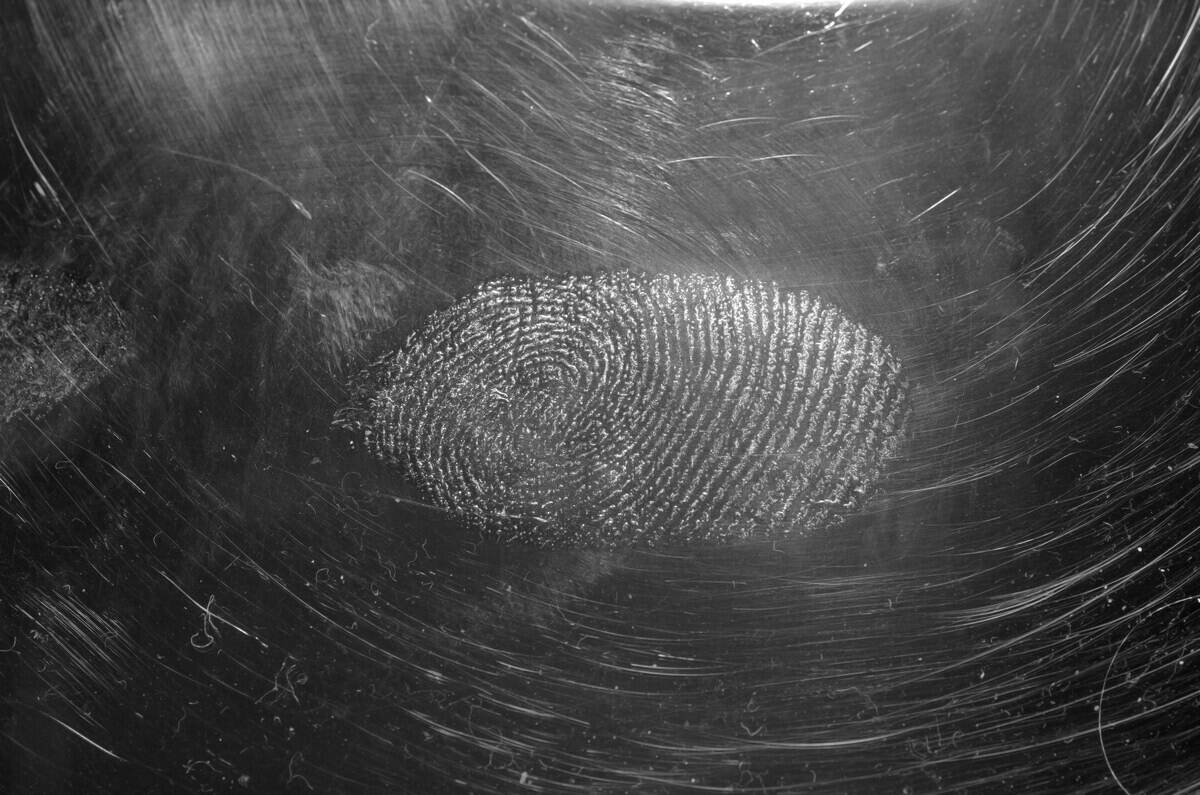
According to Smithsonian Magazine, fingerprints aren’t remotely infallible in determining a suspect’s presence at the scene of a crime. Although this is mostly because non-ideal circumstances and human error during police investigations can complicate the proper identification of fingerprint patterns, it’s also true that different experts have widely different standards for determining the rarity of a fingerprint’s ridges.
However, the issue is perhaps even more fundamental than that. While it’s often said that no two sets of fingerprints are alike, there’s not actually much scientific evidence to suggest that. Not only has this claim not been proven, but it hasn’t even been extensively studied.
Twinkies Don’t Last Forever

While movies like Zombieland have spread the myth that Twinkies will last forever, the truth is harder to swallow. Thanks to the preservative sorbic acid, the sponge cake with a cream filling stays good for about 25 days.
Once those days are up, the snack food will begin to lose its texture and flavor. As proof that Twinkies don’t last forever, one school in Maine has held onto one for 40 years. In that time it has turned gray and hard.
We Use More Than Ten Percent Of Our Brain

Although the myth that humans only use ten percent of their brains has been thoroughly disproved, it’s still prevalent in society. Movies like Lucy and Limitless have even centered their plots about what happens when the “other 90 percent” is unlocked.
In an interview with Scientific American neurologist Barry Gordon explained that at any given moment, a majority of the brain is always active. It’s time to put the ten percent myth to bed.
Gum Doesn’t Stays In Your Gut For Seven Years

Chewing gum is not meant to be digested, and to dissuade kids from swallowing it, parents like to say that it will stay in your stomach for seven years. Just because gum isn’t made to be digested, however, doesn’t mean it will refuse to flush through your body.
In general, it will only take gum a few days to pass through your body. That doesn’t mean you should start swallowing gum when you’re done with it, though!
Vitamin C Isn’t A Miracle Cure

Back in the 1960s, Nobel Prize-winning chemist Linus Pauling (pictured) came up with the idea of “megadosing” on vitamin C. He claimed this would help prevent people from getting sick with common ailments.
Since then, the idea of “megadosing” has been proven wrong although it is still used as a marketing trick for supplement brands. It is true, of course, that vitamin C will help reduce how long a cold lasts, but it will not stop you from getting sick.
Bats Aren’t Actually Blind

Because we’re taught about how bats use echolocation in school, we tend to believe that means they are blind. According to National Geographic, not only are bats able to see just fine, some species can even see three times better than humans!
Speaking of echolocation – not all bats rely on it to find food. Fruit bats, for example, don’t use echolocation at all. Fun fact, another name for fruit bats is “megabats.”
Salt Doesn’t Boil Water Faster

Salt might make food taste better, but it does not make water boil faster. Adding salt to your pot of H20 will actually make it boil more slowly. Oddly enough, adding salt will make your pasta cook faster.
Because adding salt to water will increase the temperature needed to make it boil, the pasta you drop in cooks at a higher temperature. That higher temperature results in noticeably faster cooking time.
You Don’t Need To Wait 30 Minutes To Swim After Eating
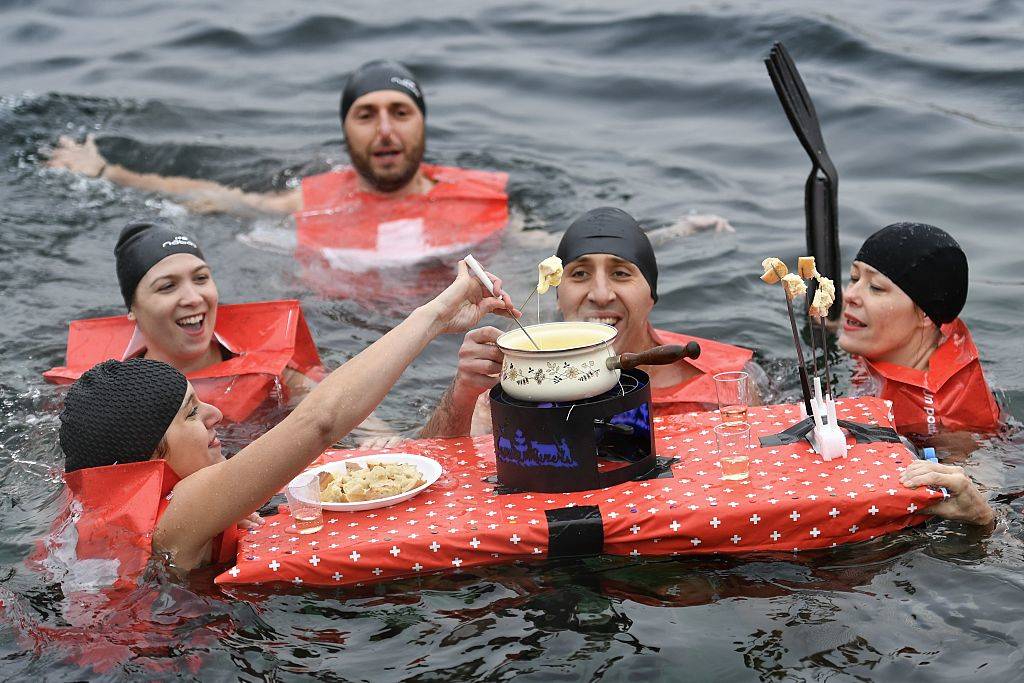
You do not have to wait 30 minutes after eating to go swimming. This popular falsity was spread through a past belief that blood would be sent to your gut to aid in digestion after eating. With less blood in your legs and arms, you would fatigue more easily.
In 1908, the Boy Scout handbook Scouting for Boys further perpetuated the myth, writing, “You may drown—and it will be your own fault.”
Carrots Don’t Make You See Better

For years carrots have been branded as having a superpower — the ability to improve a person’s eyesight. The false truth comes from the fact that carrots are high in vitamin A, a nutrient that helps your eyes see clearer in low light conditions.
A lack of vitamin A in a body may also lead to blindness, so keep eating carrots. Just don’t expect to suddenly be able to stop wearing glasses in the process.
“No Pain, No Gain” Is Not A Good Way To Exercise

According to UCLA Health, this misconception is largely predicated on the difference between pain and discomfort during exercise. It’s not unusual to feel a burning sensation during a workout and stiffness afterwards, which is the normal result of a buildup of lactic acid in the body that occurs when the muscles crave more oxygen than they’re receiving during exercise.
However, this not mean that a person should push through a workout when that discomfort graduates into a sharp or sudden pain. Instead, they should stop immediately because that’s the result of a pulled muscle or other injury rather than anything to do with lactic acid.
Dogs Don’t Only See In Black And White

According to Scientific American, it was once believed, even within the scientific community, that dogs could only see in black and white before ophthalmologist Jay Neitz proved otherwise in 1989. Much like many colorblind people, he discovered that dogs could see blue and yellow pigments but not red and green.
Yet, this isn’t the full story about dogs’ vision. Although their vision is blurred to the point of needing to be within 20 feet to see something most humans can spot from 75 feet away, this changes at night. Dogs can see just as well at night as in the daytime, while human eyes don’t typically do well in low light.
Elephants Are Terrified Of Mice

If you grew up watching the movie Dumbo, you may believe that elephants are terrified of mice. While the movie may have fooled audiences into believing this to be true, the facts don’t add up.
What is true is that elephants have poor eyesight, so they could be startled by a fast-moving mouse or rat. That does not mean they will stampede away in utter fear of an animal that is a fraction of their size.
Goldfish Don’t Have A Three-Second Memory
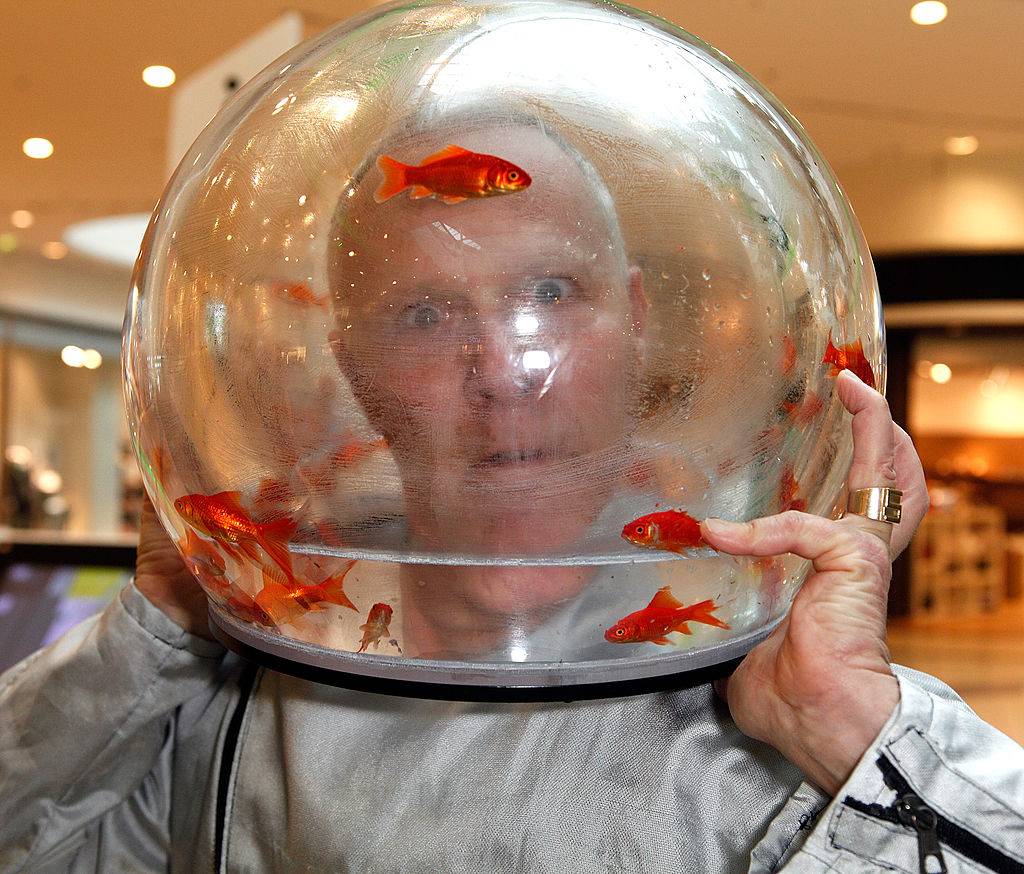
There have been several experiments produced that prove goldfish have a memory that lasts for more than three seconds. Jamie Hyneman of Mythbusters fame even trained his fish to run an obstacle course.
More famously, a study at the University of Plymouth trained goldfish to use a lever to earn food as a reward. The lever was only activated for one hour of the day, so not only did the fish have to remember how it worked, they had to remember at what time it worked!
Chameleons Don’t Camouflage By Changing Colors
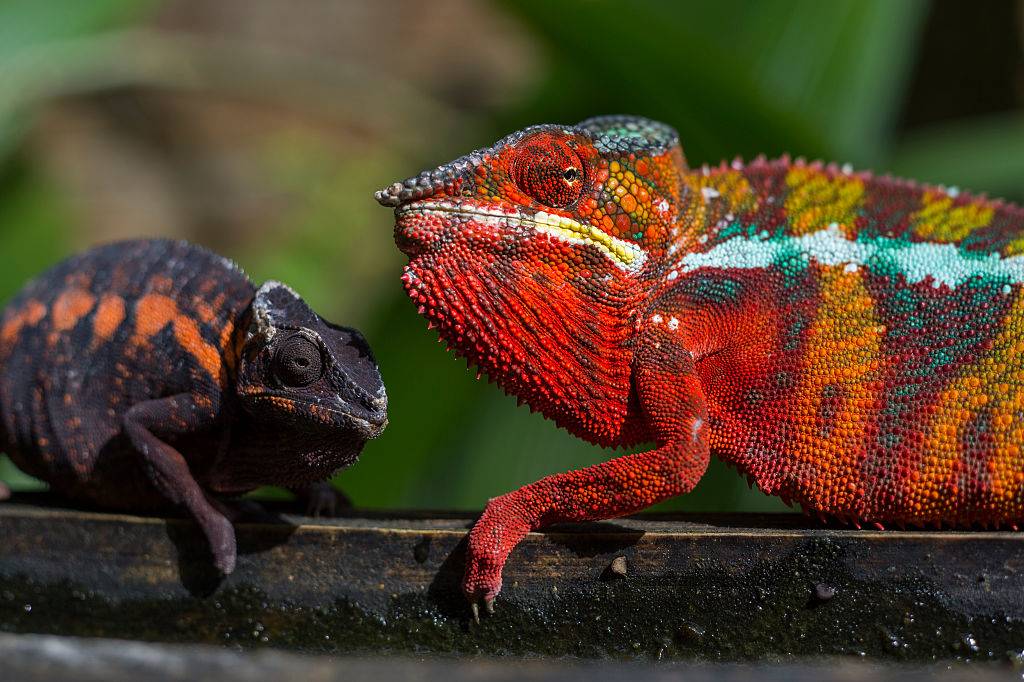
The ability of a chameleon to change color is not actually a self-defense mechanism. The reptiles might be able to blend in with their surroundings sometimes, but more often than not, they are using their color-changing ability to communicate with one another.
Every chameleon has four layers of skin. Three of those layers have various colors and preset patterns. By changing colors in front of each other, they can help better display their emotions and how they’re reacting to their environment
Sugar Doesn’t Make Children Hyperactive

Although it’s common for parents to swear by the link between sugar and hyperactivity, senior pediatric dietitian Kristi L. King told CNN that two separate effects are leading them to think that way. The first factor has to do with their perception, as kids secretly given sugar substitutes in a ’90s study were considered more hyperactive by their parents if researchers told their parents the children had sugar.
However, parents aren’t completely dreaming this effect up, but rather misdiagnosing it, so to speak. King also said that sugar can increase adrenaline levels, which can make children more distracted and compelled to keep moving. That’s not quite the same thing as hyperactivity, but it’s understandably close enough for a lot of parents.
Touching Frogs And Toads Does Not Cause Warts
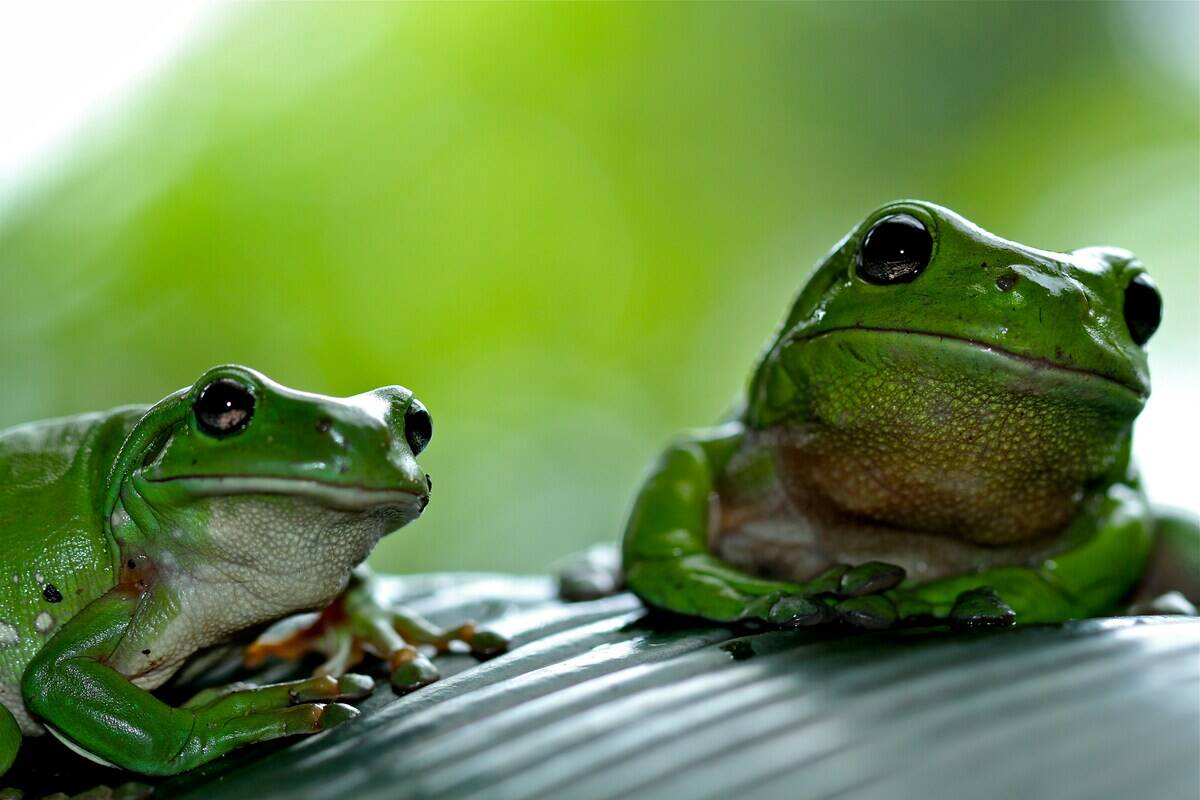
Due to the warty texture of frogs and toads, it’s commonly believed that touching them puts people at risk of developing warts. As the Burke Museum of Natural History and Culture explained, however, the “warts” on frogs are just glands that don’t secrete anything capable of causing warts.
Instead, humans develop warts as the result of viral infections, most notably some forms of human papillomavirus. Frogs don’t transmit this, but some amphibians can cause rashes with their skin secretions.
Melatonin Isn’t A Sedative

All across the world, people struggle with sleep. Many turn to melatonin, which has been marketed as an all-natural sleeping aid. Taken in pill form, the naturally-produced hormone is commonly confused as a sedative.
Taking melatonin won’t make you fall asleep, but it will assist in helping you get a better night’s rest. Just be warned, by taking the supplement, you can develop a resilience to melatonin and actually decrease your ability to stay asleep.
Dogs DO Sweat

Dogs do sweat, they just don’t sweat from where you might expect them to. The sweat glands for dogs are located on the paws. When they do sweat, the moisture released helps them grip the ground easier.
To regulate temperature a dog will pant, which is why it’s commonly believed that dogs don’t sweat. Panting helps to lower body temperature by allowing water to evaporate from a canine’s nasal passages and tongue.
Water Isn’t Stored In A Camel’s Hump

We’re not sure what started the rumor that camels store water in their humps, but the truth is they actually use their humps to store fat. By loading up on fat, up to 80 pounds of it at a time, camels can survive three weeks without “refueling.”
Camels also have oval-shaped red blood cells, and highly efficient intestines and kidneys that allow them to stay hydrated without a nearby water source.
Alcohol Doesn’t Warm You Up

When you drink, you might suddenly feel warmer, but that doesn’t mean you are. As much as you might want to reach for an old fashioned in the dead of winter, choosing hot chocolate instead might be the better choice.
The facts on this one are clear; drinking alcohol actually lowers your body temperature. This causes your blood vessels to constrict and rise to the surface, making your skin feel warmer.
The Sun Doesn’t Create The Seasons

Believing that the sun, and the Earth’s proximity to it, is the reason for the seasons seems logical but isn’t the whole truth. The closer we get to the sun, the warmer the weather gets, meaning if the sun controlled the seasons, we probably wouldn’t have four distinct variations.
The reason for the four seasons is that the Earth rotates on a tilted axis. Scientists at NASA believe this tilt was created by another space-bound object crashing into the earth.
Ancient Statues In Greece Weren’t Always Colorless

Today, almost every statue we have recovered from ancient Greek sites all lack one thing — color. This has led many to falsely believe that grey statues were all that was ever built back then.
If we could take a time machine and travel back to ancient Greece, we’d find the statues were actually decorated with vibrant colors that wore away over time. Artists of the era practiced polychromy, which means exactly that.
Snakes Can’t Always Unhinge Their Jaws
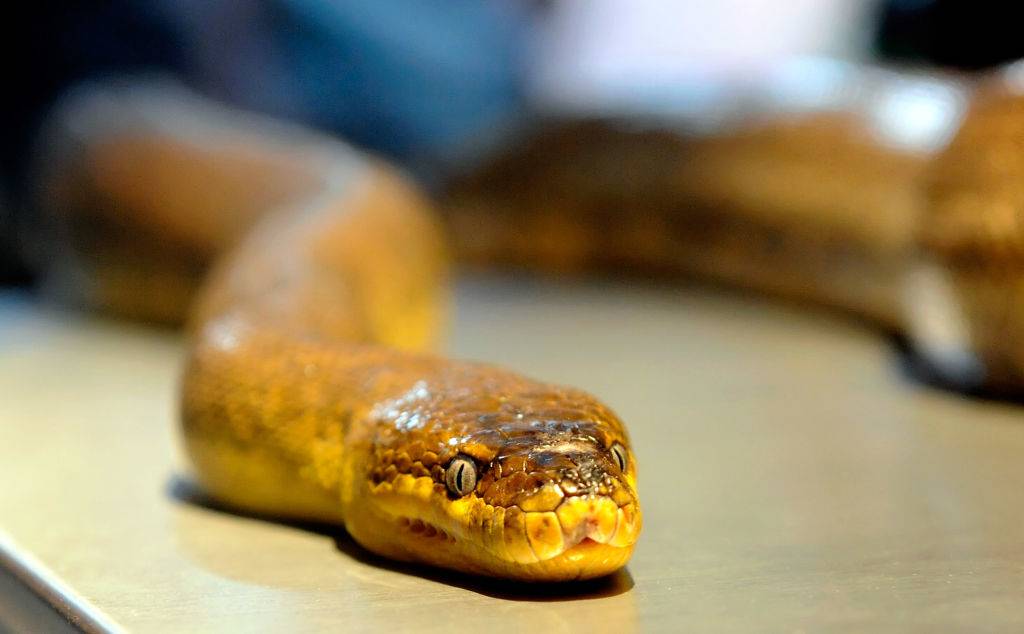
Snakes cannot unhinge their jaws to swallow large prey. What they can do is stretch their jaws to open their mouths really wide. This is because their upper and lower jawbones are not fused together.
Instead, these bones are connected by stretchy ligaments that allow the snake to open their mouths extremely wide. To human eyes, it looks like they are unhinging their jaws, but we promise you they are not.
Bulls Don’t Hate The Color Red

If anyone has ever told you that bulls hate the color red, they were wrong. Bulls are colorblind, so they can’t actually see the color red. When you watch a bull going after a matador, they are actually responding to the person’s movement, not the color of the cape.
The bull is upset by the movement and trying to make it stop. The fact that the cape is red has just become a recognizable detail for audiences to react to.
Without Oxygen, Our Blood Is Blue
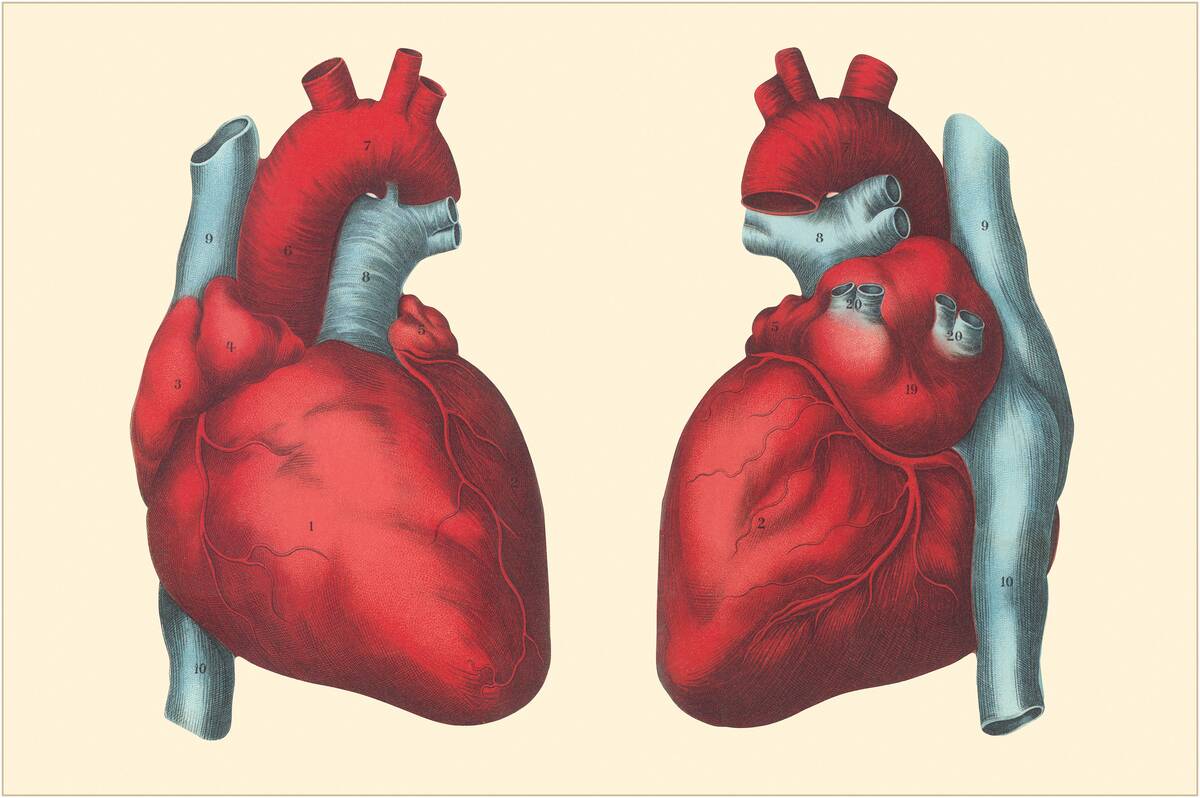
Even though our veins can appear blue at times, the blood flowing through them is always red. Depending on how oxygenated our blood is, it may appear to be a lighter or darker red, but it is never blue.
Our veins appear blue for another reason entirely. When light hits our skin, it reflects back at a certain wavelength, and that wavelength is responsible for the blue hue we can’t help but see.
Black Holes Don’t Have Endless Gravity

One of the biggest misconceptions about black holes is that they have an endless gravitational pull. If that were true, then everything in existence would slowly be getting sucked into one right now.
As with any large object in space, if you get close enough you will get pulled in by its gravitational pull. If you stay a safe distance away, however, you will be just fine. Aside from being pulled into a state of “awe,” of course.
Lightning Can Strike The Same Place Twice

Lightning isn’t picky. Let’s get that out of way right now. Lightning has no choice about where its strikes, it’s a naturally occurring phenomenon. Did you know that the Empire State Building in New York, for example, is struck 23 times on average per year?
So where did the saying come from? Most likely it was originated on the pages of The Melbourne Daily Newspaper in 1851 and spread from there.
Your Tongue Doesn’t Have “Taste Sectors”

In school, we were taught all about taste, and how putting food on different parts of the tongue would create a different tasting experience. Our teachers said that there was a tongue map with “taste sectors” set to identify different traits — salty, sweet, sour, and bitter.
This idea of the tongue map was first created by a German scientist in 1901 and has since been disproved. Taste buds all over your tongue are able to identify all four flavor sectors, five if you count umami.
The Great Wall Of China Isn’t Visible From Space

If you ever found yourself in a space station orbiting the Earth and looking down, would you be able to see the Great Wall of China? According to Yang Liwei, a Chinese astronaut who tried, he could not.
He could see other man-made structures though. As cities light up at night, they become visible to astronauts in space. So, even if Yang Liwei could see the Great Wall from space, it would not be the only structure visible.
Bananas Don’t Grow On Trees

Because of how tall banana plants are, we don’t hold it against you if you thought that the sweet berry grew on trees. The plant they come from reaches heights of 25 feet tall and is considered the world’s largest perennial herb.
Also, a common misconception about bananas is that they are fruits. As you just saw, we referred to them as berries, which they are because they don’t produce mature seeds.
It’s Not Dangerous To A Sleepwalker To Wake Them Up

Although it’s widely believed that something terrible will happen if people wake sleepwalkers, the worst they can typically expect from doing so is a split-second of flailing before this person fully awakens, depending on their sleep temperament.
According to Northwestern Medicine, it’s actually more difficult that in seems to awaken a sleepwalker due to the depth of sleep required for this phenomenon to happen. For that reason, the best course of action usually involves gently guiding them back to bed. Ironically, it’s actually safer to wake them if they’re about to do something dangerous.
There Is No Chemical Added To Pools To Reveal Urine

A surprisingly pervasive myth holds that those inconsiderate or unfortunate enough to urinate in a pool will soon be embarrassed by a dye that turns their urine an extreme color like red or purple. However, Snopes noted that no such chemical exists and nobody in the pool cleaning industry is seriously trying to change that.
Even if they did, any chemical that detected urine in a pool would also change color due to any number of organic compounds that could easily find their ways into pools. This would not only make such a dye pointless, but also obstructive to customer experiences.






